Smoked meats are used since ancient times to last longer. Moreover, this gives them a specific taste and aroma.
There are several types of smoking. This process is generally a treatment of certain types of food products, by simply using a smoke air mixture. Traditional smoking is divided into hot and cold.
Cold smoking is performed at a temperature of 18 to 22 degrees. Its products come with more durability and are mostly raw. This takes 3 to 7 days. In rare cases, when smoking deli hard salami, it may take 45 days.
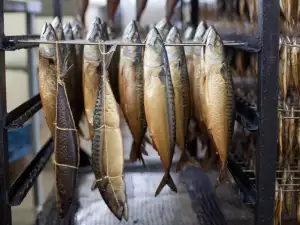
The warm smoke, in turn, is made at a temperature of 35 to 45 degrees. With this kind of smoke are mainly prepared cooked and smoked products whose shelf life is not very large. The procedure takes between 12 to 48 hours. Rather, it uses firing smoke. Taste of hot smoked products differs greatly from that of cold smoked.
Cold and hot smoked technically have two identical phases - smoking and entering into contact with the smoke. After this comes the adsorption of useful substances and curing. In practice, the smoke becomes a preservative as smoke kills parasites and contains ingredients that inhibit bacterial growth. So far more than 300 identified components of the smoke exist.
To keep the intensity and duration of smoking itself, you require no small power capacity. The process is carried out in special smoking chambers. They may be freely used according to level of humidity, which also helps to delay the smoke substances in the product to maintain the fat therein.
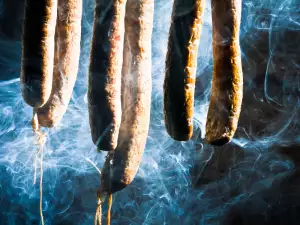
Nowadays smoking processes have nothing to do with those practiced years ago. To make it faster, production today uses chemical analogues of this nature and add wonderful smoke flavor. This is done using a special "preparation for smoking" or introducing chemical analogue of smoke - smoke liquid in the product.
Elsewhere, it’s even practiced using different "flavors" of smoke, the most preferred are fir, maple, oak and walnut. This technique is most accurate.
Another method, which provides smoke, but does not improve the organoleptic qualities of the product is placing in an electrostatic field of high voltage.
After all, by buying a smoked meat these days, you can never be sure if it really is. The process to simulate the chemical offers rapid and cheaper preservation of meat.
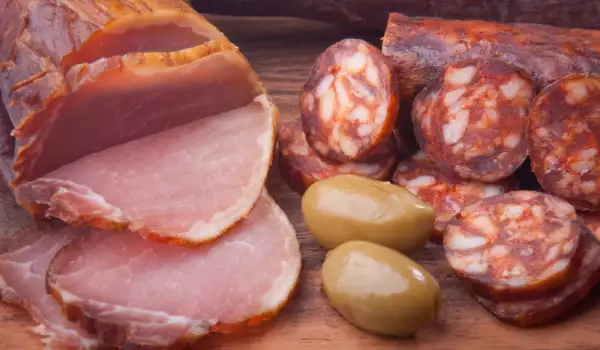

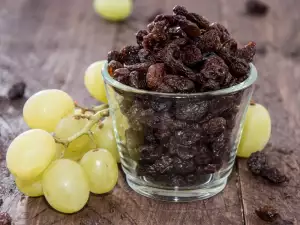
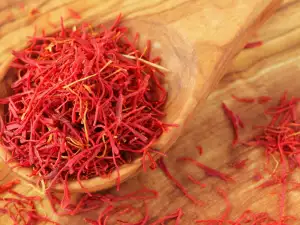

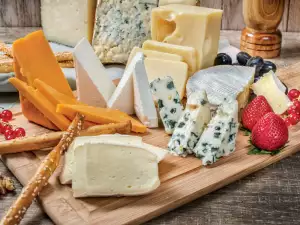
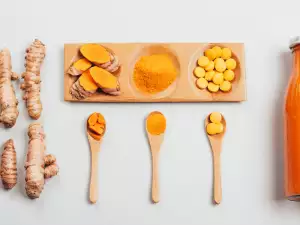
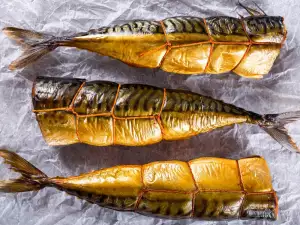
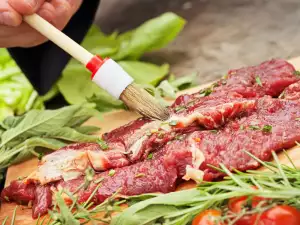
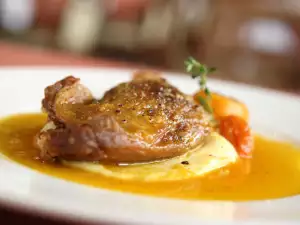
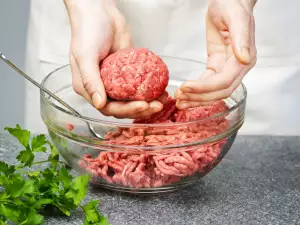
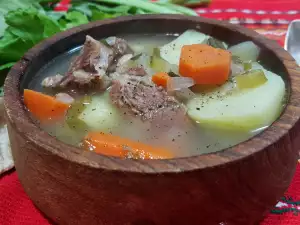


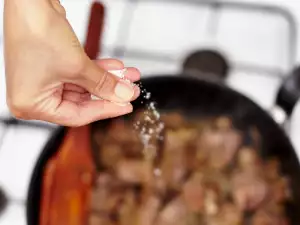





Comments